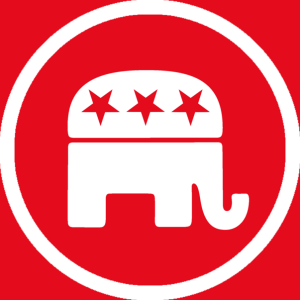When Obama won the 2008 Election, 35 states were either solidly Democratic or leaning that way, compared to just five solidly Republican states. Yet various factors since then have changed that political landscape dramatically. In 2015, the number of Republican or Republican-leaning states outranked Democratic or Democratic-leaning states for the first time in the eight years since Gallup has started to track partisanship by state. There were 20 states that were solidly Republican or leaning so, compared to 14 that were solidly or leaning Democratic, with 16 states that were “competitive”.
There were 12 states that were solid “reds”: four of them are in the South (Arkansas, Tennessee, Alabama and South Carolina), five of them are in the West (Utah, Idaho, Montana, Alaska and Wyoming) and three of them are in the Midwest (North Dakota, South Dakota and Kansas). The eight states that lean Republican are Nebraska, Missouri, Arkansas, Texas, Indiana, Mississippi, West Virginia and New Hampshire. The solid Democratic states in 2015 were mostly on the coasts (California, New York, Delaware, Maryland, New Jersey, Massachusetts, Rhode Island, Hawaii, Connecticut and New Jersey), with a few that were inland (Illinois, New Mexico and Vermont). The only two states that moved in a more Democratic direction were New Mexico and Nebraska. Gallup drew their results for these from phone interviews conducted through 2015, surveying 177,991 adults across the country with an overall margin of error of plus or minus 1 percent.
As recently as 2014, there were 17 Democratic states and 15 Republican states. Thirteen states’ classifications changed from then to 2015: Maine, Pennsylvania and Michigan all moved from Democratic-leaning to “competitive”, where parties are within five points of each other. New Hampshire, West Virginia, Missouri, South Carolina and Texas all moved from competitive to leaning or solidly Republican. The most competitive states were Ohio, North Carolina, Minnesota, Wisconsin and Florida, with less than one point separating party preference.
Putting electoral votes into consideration, the Republican Party get 152 electoral votes out of their “solid” states, compared to 187 electoral votes for the solid blue states. While the Democratic Party still retains a competitive edge in that regard, the fact that the GOP has been able to make such major strides means that the Democrats are going to have to work hard if they want to keep that advantage.
